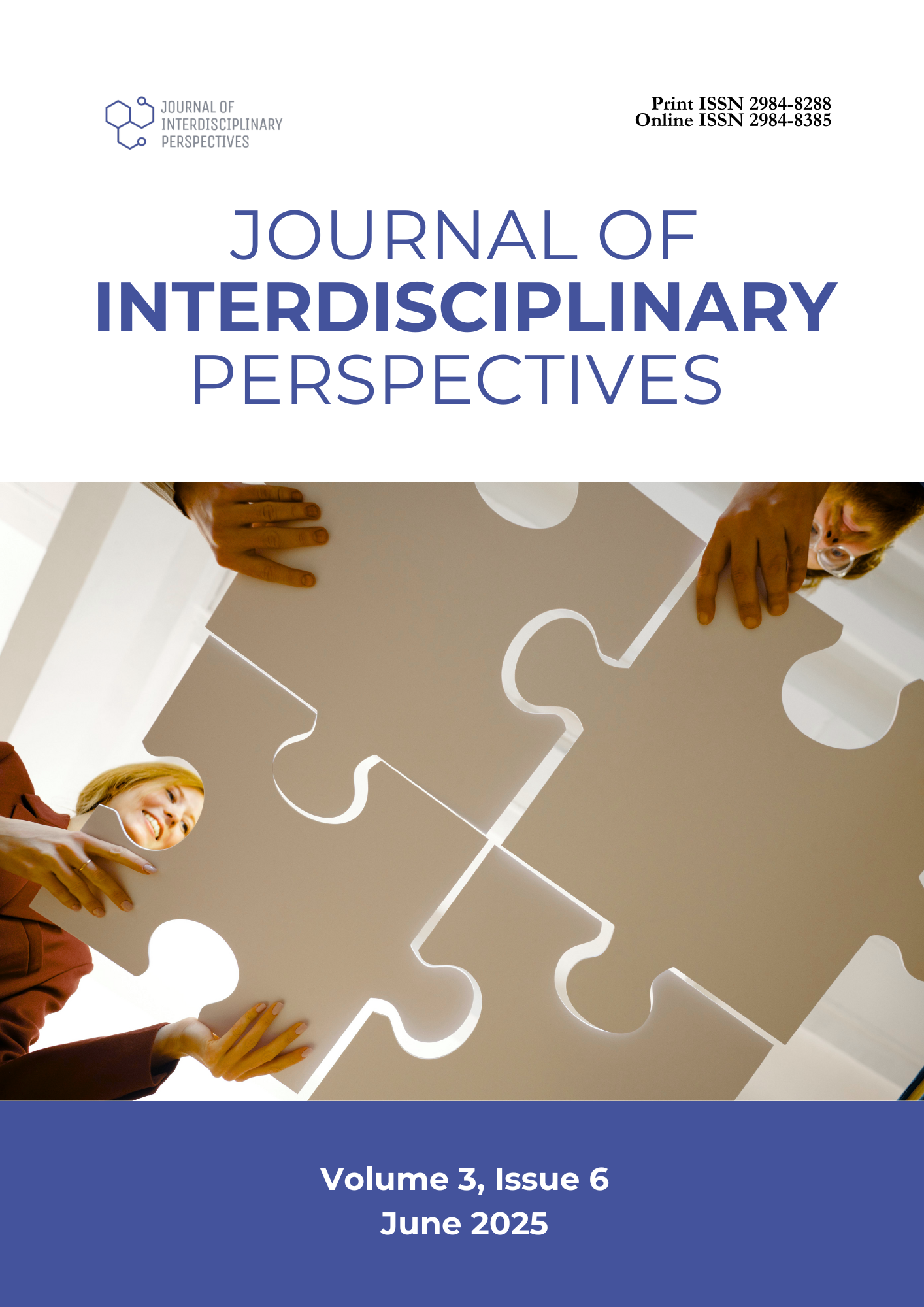Business Students’ Perceptions of AI in Higher Education: An Analysis Using the Technology Acceptance Model
DOI:
https://doi.org/10.69569/jip.2025.194Keywords:
Artificial intelligence, Technology Acceptance Model, Business students, AI in education, Higher education, Perceptions of AIAbstract
This study explores business students' perceptions of artificial intelligence (AI) in education, utilizing the Technology Acceptance Model (TAM) to assess perceived usefulness (PU), perceived ease of use (PEOU), and intention to use AI. The questionnaire, developed based on key TAM constructs, underwent pilot testing to ensure the validity and reliability of the instrument. Conducted among Bachelor of Science in Business Administration students at Davao Oriental State University-Cateel Campus, the research employed a predictive correlational design and collected data using the validated survey instrument. Findings reveal that students perceive AI tools as intuitive and beneficial to their learning, with ChatGPT being the most popular. However, effective use of AI requires active engagement and critical thinking. Regression analysis indicates that PU significantly predicts students' intention to use AI, while PEOU has a lesser influence. The study highlights the importance of AI literacy programs, ethical frameworks, and institutional guidelines for adopting responsible AI. Recommendations include integrating AI-focused education and further investigating factors such as trust and data privacy concerns in AI acceptance.
Downloads
References
Almassaad, A., Alajlan, H., & Alebaikan, R. (2024). Student perceptions of generative artificial intelligence: Investigating utilization, benefits, and challenges in higher education. Systems, 12(10), 385. https://doi.org/10.3390/systems12100385
Balabdaoui, F., Dittmann-Domenichini, N., Grosse, H., Schlienger, C., & Kortemeyer, G. (2024). A survey on students’ use of AI at a technical university. Discover Education, 3(1), 51. https://doi.org/10.1007/s44217-024-00136-4
Bhandari, P. (2022). Correlational Research | When & How to Use. Scribbr. Retrieved from https://tinyurl.com/2c6d8z43 Chaudhari, A. (2022). Descriptive Research Design. Voxco. Retrieved from https://tinyurl.com/2s3668tp
Chandrasekera, T., Hosseini, Z., Perera, U., & Hyscher, A. B. (2024). Generative artificial intelligence tools for diverse learning styles in design education. International Journal of Architectural Computing. 14780771241287345. https://doi.org/10.1177/14780771241287345
Chen, X., Xie, H., Zou, D., & Hwang, G. J. (2020). Application and theory gaps during the rise of artificial intelligence in education. Computers and Education: Artificial Intelligence, 1, 100002. https://doi.org/10.1016/j.caeai.2020.100002
Davis, F. D. (1989). Perceived usefulness, perceived ease of use, and user acceptance of information technology. MIS Quarterly, 13(3), 319–340. https://doi.org/10.2307/249008
Keuning, H., Alpizar-Chacon, I., Lykourentzou, I., Beehler, L., Köppe, C., Imke, D. J., & Sosnovsky, S. (2024). Students’ perceptions and use of generative AI tools for programming across different computing courses. arXiv. https://doi.org/10.48550/arxiv.2410.06865
Li, H., Ren, T., & Zhang, Z. (2024). Assistive tools or insecurity: The impact of technological readiness on willingness to use AI. International Journal of Human-Computer Interaction, 1–11. https://doi.org/10.1080/10447318.2024.2443802
Luckin, R., Holmes, W., Griffiths, M., & Forcier, L. B. (2018). Artificial intelligence and the future of learning. The Brookings Institution.
M, R., & Quraishi, A. H. (2024). Leveraging artificial intelligence for student performance monitoring. International Journal of Research Publication and Reviews, 5(5), 9642–9645. https://doi.org/10.55248/gengpi.5.0524.1364
Otermans, P. C., Roberts, C., & Baines, S. (2025). Unveiling AI perceptions: How student attitudes towards AI shape AI awareness, usage, and conceptions. International Journal of Technology in Education, 8(1), 88–103. https://doi.org/10.46328/ijte.995
Selwyn, N. (2019). Should robots replace teachers? AI and the Future of Education. (1st ed.) Polity Press.
Venkatesh, V., & Davis, F. D. (2000). A theoretical extension of the technology acceptance model: Four longitudinal field studies. Management Science, 46(2), 186–204. https://doi.org/10.1287/mnsc.46.2.186.11926
Yang, Y., Sun, H., Chai, Z., Jiang, G., & Estigoy, E. (2024). Usefulness, ease-of-use, and acceptance towards generative AI in language learning of non-language majors: A TAM-based study.
International Journal of Advanced Engineering Research and Science, 11(6), 01–10. https://doi.org/10.22161/ijaers.116.1
Zawacki-Richter, O., Marín, V. I., Bond, M., & Gouverneur, F. (2019). Systematic review of research on artificial intelligence applications in higher education. International Journal of Educational Technology in Higher Education, 16, 39. https://doi.org/10.1186/s41239-019-0171-0
Downloads
Published
How to Cite
Issue
Section
License
Copyright (c) 2025 Journal of Interdisciplinary Perspectives

This work is licensed under a Creative Commons Attribution-NonCommercial 4.0 International License.








